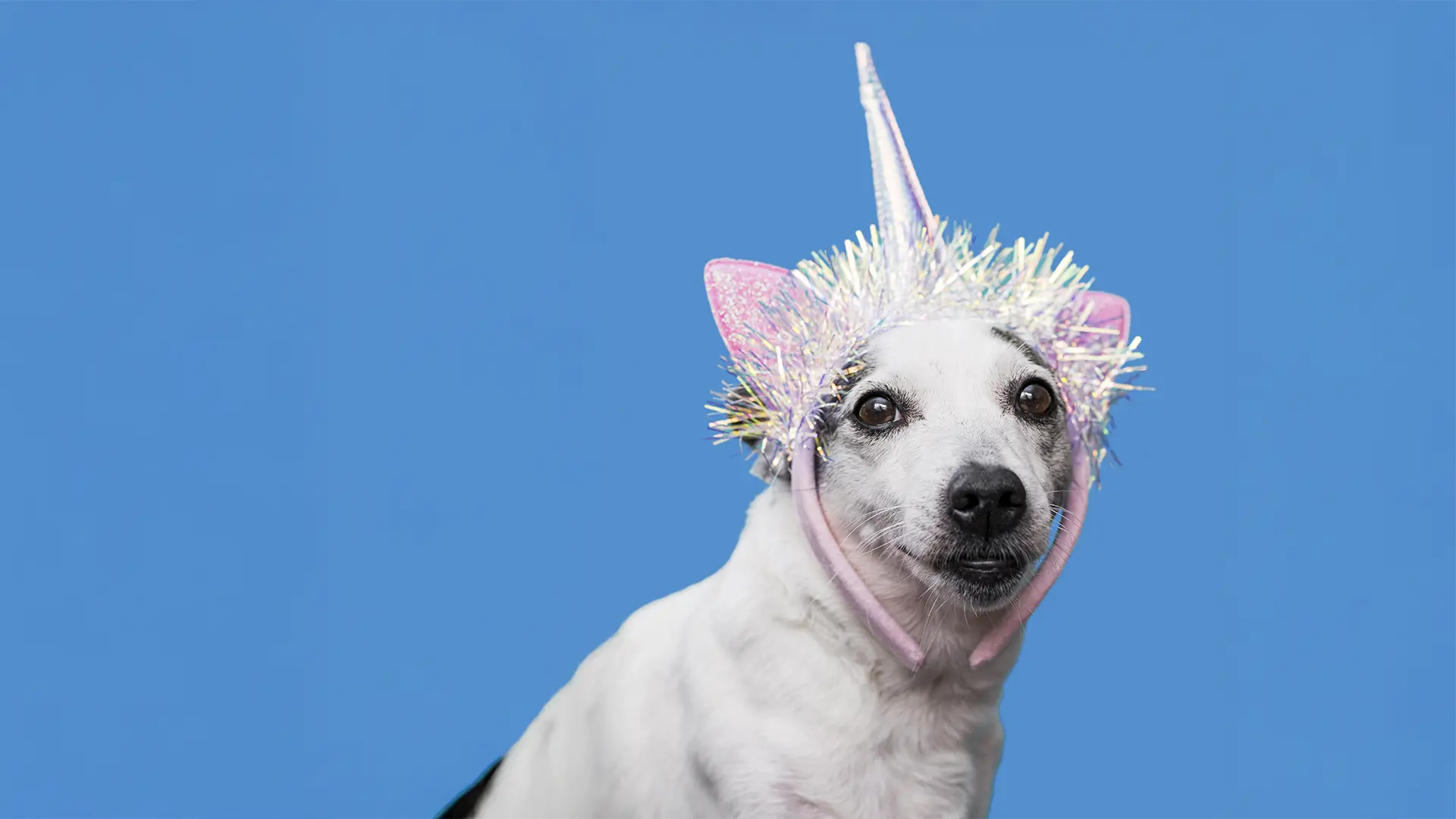When you hear the word “design”, you often jump straight to aesthetics: beautiful logos, polished websites, sleek packaging.
It’s easy to assume that design’s primary role is to make things look aesthetically pleasing. But truly impactful design goes far deeper.
It’s about communication.
Great design solves problems, conveys meaning, and drives action, all without saying a word.
The function of design
Design is fundamentally a tool for communication.
In the same way that writing uses words to share ideas, design uses visual elements such as layout, colour, typography, imagery, and structure to communicate messages.
A beautiful design that fails to communicate clearly is like a book written in a language its readers do not understand. It might look impressive, but it is ultimately ineffective.
Good design organises information, highlights what is important, and guides the viewer towards understanding or action. Whether it’s a business card, an app interface, a street sign, or a social media post, the primary role of design is to make communication easier, faster, and more intuitive.
Design simplifies complexity.
It allows ideas to be absorbed at a glance, messages to be understood across languages and cultures, and emotions to be triggered without a single spoken word.
Design solves problems
Every design project starts with a problem.
How can we make this website easier to navigate? How can we encourage more people to sign up for this service? How can we help drivers find their way around a complex car park?
Designers approach these problems strategically. They consider user behaviour, psychology, accessibility, cultural context, and the goals of the project. They craft solutions that not only look appealing but, more importantly, work.
A designer’s true success is measured not by how many compliments the design receives but by how effectively it meets its intended purpose.
Design connects and builds trust
Visual communication also plays a crucial role in how people feel about a brand or message.
Colours evoke emotions; typography can create a sense of trust, excitement, or urgency; layout choices can make a brand seem sophisticated, youthful, traditional, or cutting-edge. Good design builds emotional connections that words alone often cannot achieve.
When design aligns with brand values and user expectations, it fosters trust.
A polished, consistent, and intuitive design reassures customers that a brand is credible and dependable. Alternatively, a confusing, inconsistent, or sloppy design can instil doubt and erode trust, even if the product or service itself is excellent.
Design is for everyone
True visual communication must reach everyone, including people with disabilities.
A critical, but often overlooked, part of effective design is accessibility. Good design considers colour contrast for those with visual impairments, readable fonts for those with dyslexia, and clear navigation paths for those who use assistive technologies.
Inclusive design not only meets legal and ethical standards but also makes good business sense. It expands a brand’s reach and ensures that no one is unintentionally excluded. Design is not just about aesthetics for a few, it’s about clarity and functionality for all.
Why businesses must invest in design
Design is not an optional extra, it’s a strategic asset.
Businesses that prioritise design see measurable returns in areas such as brand loyalty, customer satisfaction, conversion rates, and overall profitability.
Good design improves user experience, reduces friction, strengthens brand recognition, and builds emotional bonds with customers. Investing in design is investing in clearer communication, stronger relationships, and better business outcomes.
—
The next time you admire a striking advert, a user-friendly app, or a clear infographic, remember what you are seeing is not just a pretty face. It is visual communication at work. Effective design is thoughtful, intentional, and powerful.
Its true beauty lies not just in how it looks, but in how well it works.
Want to see how effective design can elevate your business? Get in touch and we’ll make it happen.


